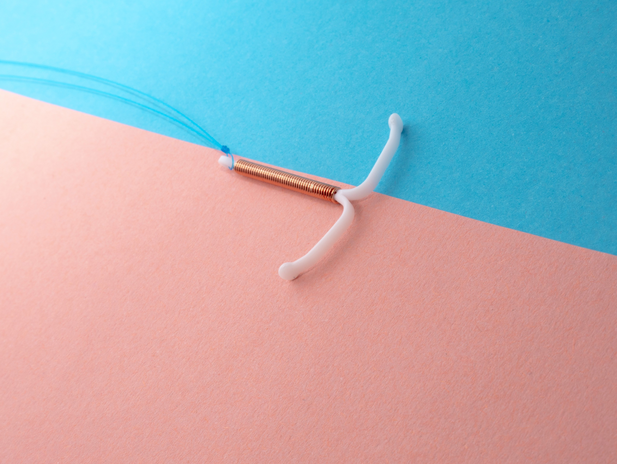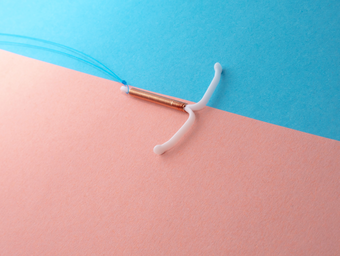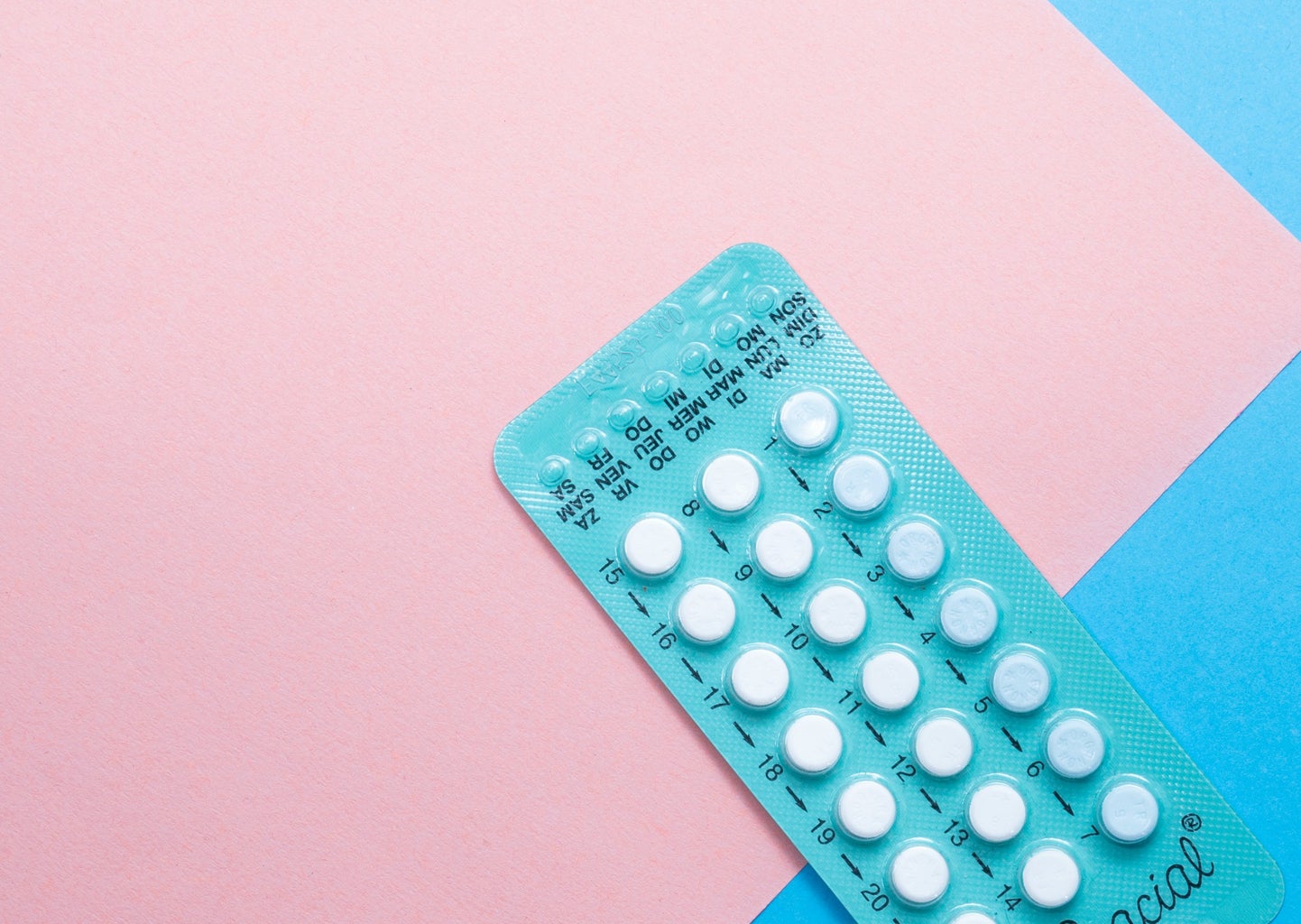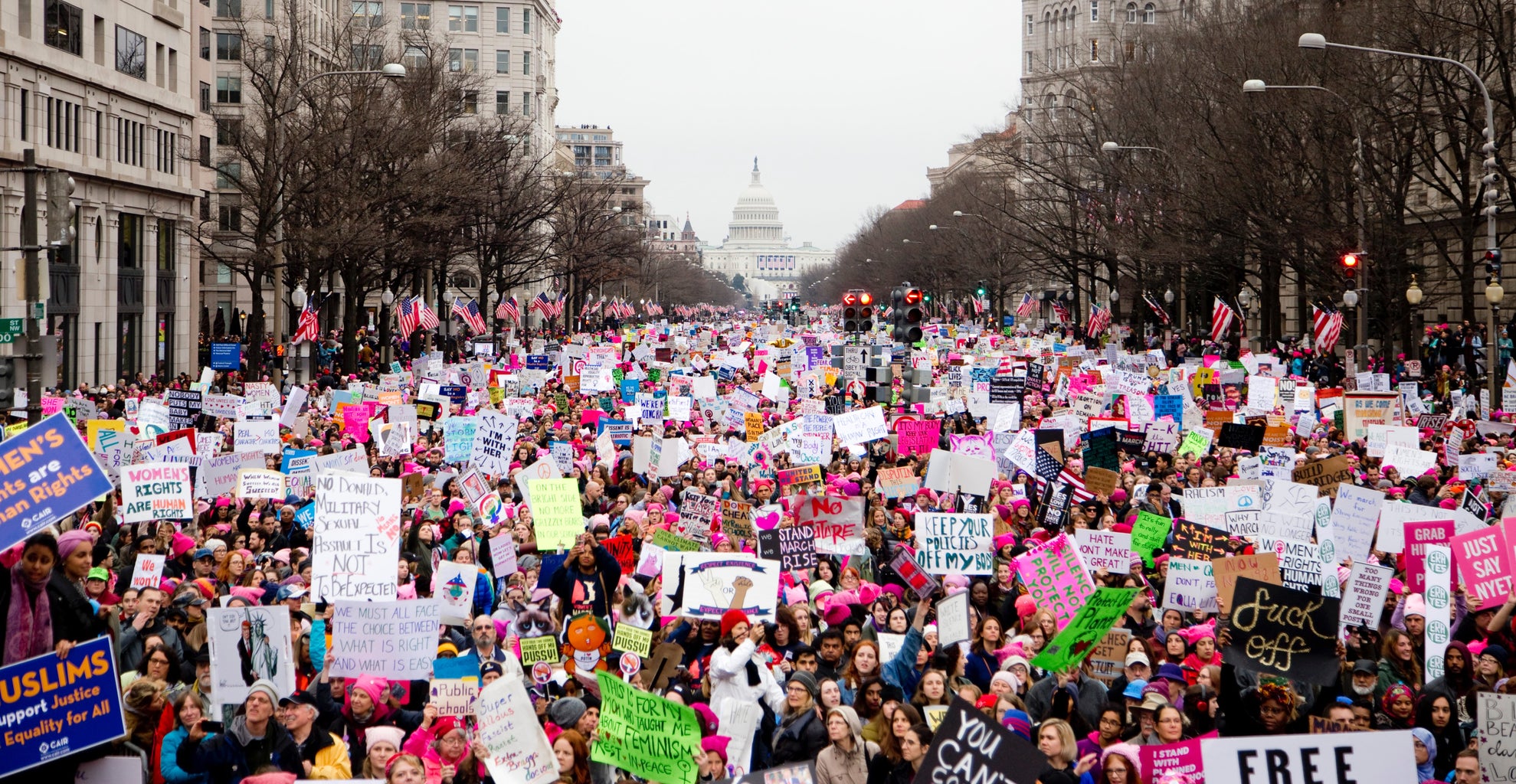I must preface this piece by stating the following:
I am not a medical professional. Therefore, I am not giving any medical advice on reproductive healthcare, nor do I wish to encourage people with uteruses to have intrauterine devices inserted. I am simply narrating my experiences of having several intrauterine devices in two continents.
My first experience with an IUD insertion two years ago was relatively standard: my OB-GYN had me lay on the table and was reassuring throughout. Yes, it hurt afterwards. I felt like I was going to throw up and pass out. Only one of those things happened — I clocked out in the passenger seat of my father’s car on the drive home.
My IUD was expelled just before winter break, which was a deeply unpleasant feeling. Of course, my RN told me that there was a chance that the device could be expelled, but that thought hadn’t crossed my mind. I was so sure that I had a hernia, but it turned out to be the piece of plastic that was itching to leave my body.
However, I wound up meeting with my OB-GYN to discuss the possibility of it being displaced. One ultrasound later, it was clear that the IUD needed to be removed and another inserted. The removal and second insertion took no more than 20 minutes.
When living in the United Kingdom during the 2023-2024 academic year, my second IUD needed to be removed. This time, the insertion needed to be done weeks after the removal, which meant that I experienced one of my first fully-fledged menstrual cycles in quite a few months. It certainly was not ideal, but when I experienced the third insertion, I was provided a numbing agent.
I do not recall being offered any numbing or pain-dulling medication the previous two insertions, though they may have happened without my awareness. What I can say, whether it was psychosomatic or not, I did not feel as much pain during the insertion than I did during the two procedures I underwent while in the borders of the United States.
I was prepared to walk along the side of Sidwell street in Exeter and approach one of the red cabs waiting outside of the John Lewis building, but for whatever reason, I believed that I was well enough to not only purchase my groceries for the week, but to make it through the 25 minute walk back to my flat without passing out. I was sorely mistaken. I lost consciousness in a public bathroom, but thanks to British sanitary standards, I was strangely at ease slumped against the purple stall walls with my mother’s voice on WhatsApp ringing through my earbuds.
One might think that after two expulsions, I would have thrown in the towel and stopped pursuing medical means to alleviate my menstrual pain. Maybe it was stupidity that led me to having a third intrauterine device inserted in the United Kingdom — or maybe it was bravery. I’m inclined to believe that it wasn’t either idiocy or fortitude, but rather desperation. After having sat by the toilet with heat packs on my lower abdomen month after month, bleeding heavily for years, I wanted to be through with my periods; I wanted to stop keeling over in pain.
It is unfortunate, but not surprising that after two expulsions, my third began to dislodge itself. Thus, I made the executive decision to have it removed so as to not feel the cramping and pain that comes from the expulsion process. It was the right decision for me.
While I have put myself through three IUD insertions and removals, I do not regret them. I view my choices as acts of self-preservation and attempts at self-care. At this point in time, I know that Mirena, Kyleena, nor any other contraceptive that rests within the uterus will cooperate with my anatomy, and that I must resort to other methods of contraception, and while this is slightly disappointing — as I would prefer to have a device inserted and in place for several years before its removal — it is the path that I have chosen to avoid pain from menstruation and pregnancy.
I feel for those with uteruses who are electing to receive/ingest/etc. various forms of birth control at a time when it is available to them. I understand what it is like to be fearful of not having control over one’s own body. I understand how my own choice to try intrauterine devices thrice before calling it quits for that form of contraception could be seen as overkill — but I wanted to see if I could withstand it, if making this choice could alleviate some of the fears and pains I felt as a young woman wanting to live my life without an unplanned pregnancy or extreme menstrual cramps.
Although I thought this method did work for me, it did not. I have accepted this fact and have found the method that helps me to feel less pain and worry less.
I am not advocating for or against my readers’ choices to have intrauterine devices inserted, as I will emphatically state that I am not a medical professional. However, I do believe that the choice to select which, if any, procedures that a person elects to have is their choice and their choice alone.




